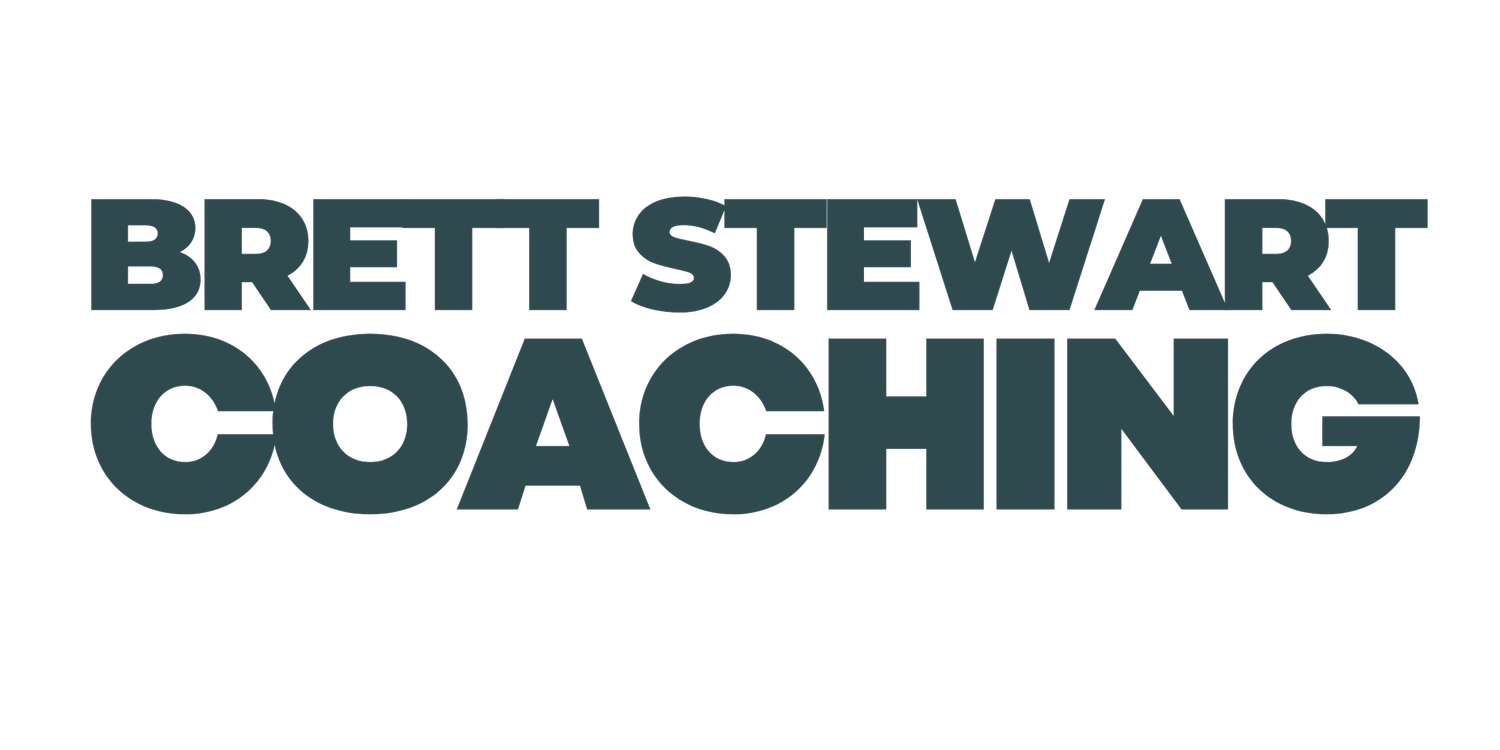Whether the Storm
That’s not a typo. The future of your business might depend on whether you become fixated on, or chart a path through, this storm.
It was 2013, and the storm clouds were brewing over my business. When I acquired the healthcare company in 2005 it was a turnaround situation, a live or die moment for the business. We set our course, made the hard decisions, and executed successfully. 2007 through 2012 produced lots of cash, a great team, and over 10,000 loyal patients. But the storm clouds erupted mid-2013 when the Patient Protection and Affordable Care Act caused a 25% drop in our gross profit, literally overnight. We were in crisis mode again, but this time I failed as a leader, leaving the business and our team flailing in the storm.
What happened? Why didn’t I lead in this second crisis the way I had the first? That’s a big question with a lot of answers, but three stand out that I hope you can learn from. I’ll steal from a legitimate author and call these “The Three Dysfunctions of Brett”:
I became fixated on the storm, instead of creating a vision of what it would look like on the other side of the storm. The Bible says, “Where there is no vision, the people perish…”. They perish, because without a vision they have nothing to hope for and work towards. As the leader, you need to get quiet, get confident, and create your vison of the other side of the storm. Not your long-term vision, just your “other-side” vision. You and your team need that hope, and you need a picture of the other side, so you can take the actions to make it reality.
I didn’t make the hard decisions fast enough. I knew early on that we needed to cut staff and exit markets to preserve cash and reposition the business. But that meant getting smaller and my pride wouldn’t allow that, so I froze. I didn’t make those hard decisions until cash flow forced me, and by then it was too late for them to help. The lesson: realize that what you built in the past is in the past. If you’re too attached to it, you won’t make the hard decisions you need to make now.
I didn’t execute. Of course, with no plan, I didn’t have much to execute on. My encouragement to you: build a plan to reach the vision in #1 above, and then put your head down and confidently execute on that plan. Don’t worry about building the perfect plan. As General Patton famously said, “A good plan violently executed now is better than a perfect plan executed next week.” Just get to work.
If you’re an entrepreneur, I believe you can lead your business, and collectively our economy, through this storm. You’ve done it for years and years; this is just a blip on the screen. Borrow my confidence and pass it on to your team.
And how did it turn out for me? By late 2015, there was no business, no employees, no patients, and no money. I was feeling pretty defeated when a friend asked me to fill a temporary role in his business and help him implement EOS, the Entrepreneurial Operating System. I’ll forever be grateful for that opportunity. It restored my confidence and led me to my career as a Certified EOS Implementer, hands down the best thing to ever happen to me from a career standpoint.
Ironically, it took the lowest point of my professional life for me to find the career I love and am most called to do. And I guess that’s the final lesson: even when things go terribly wrong, keep on digging. You never know what God’s got up his sleeve.
